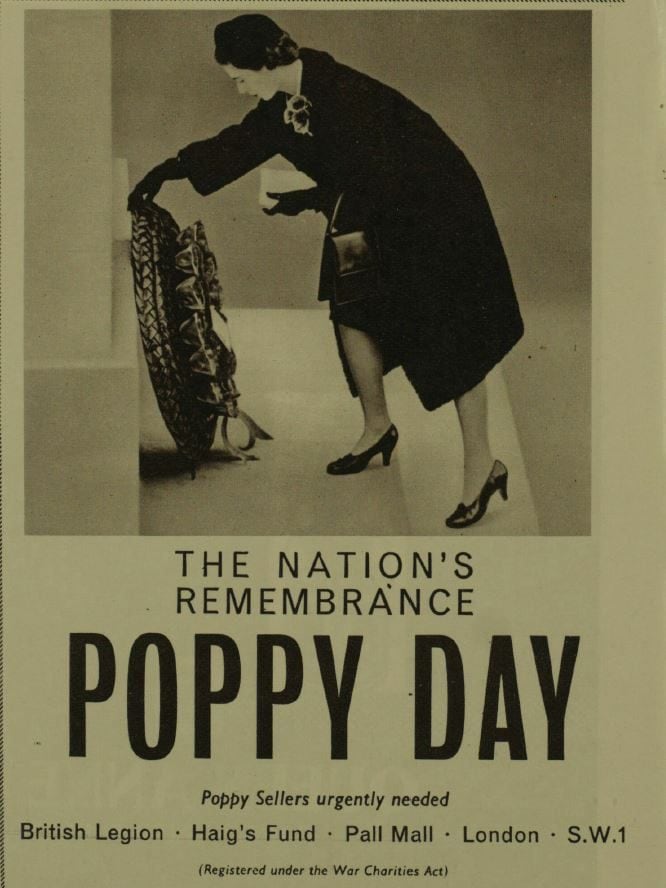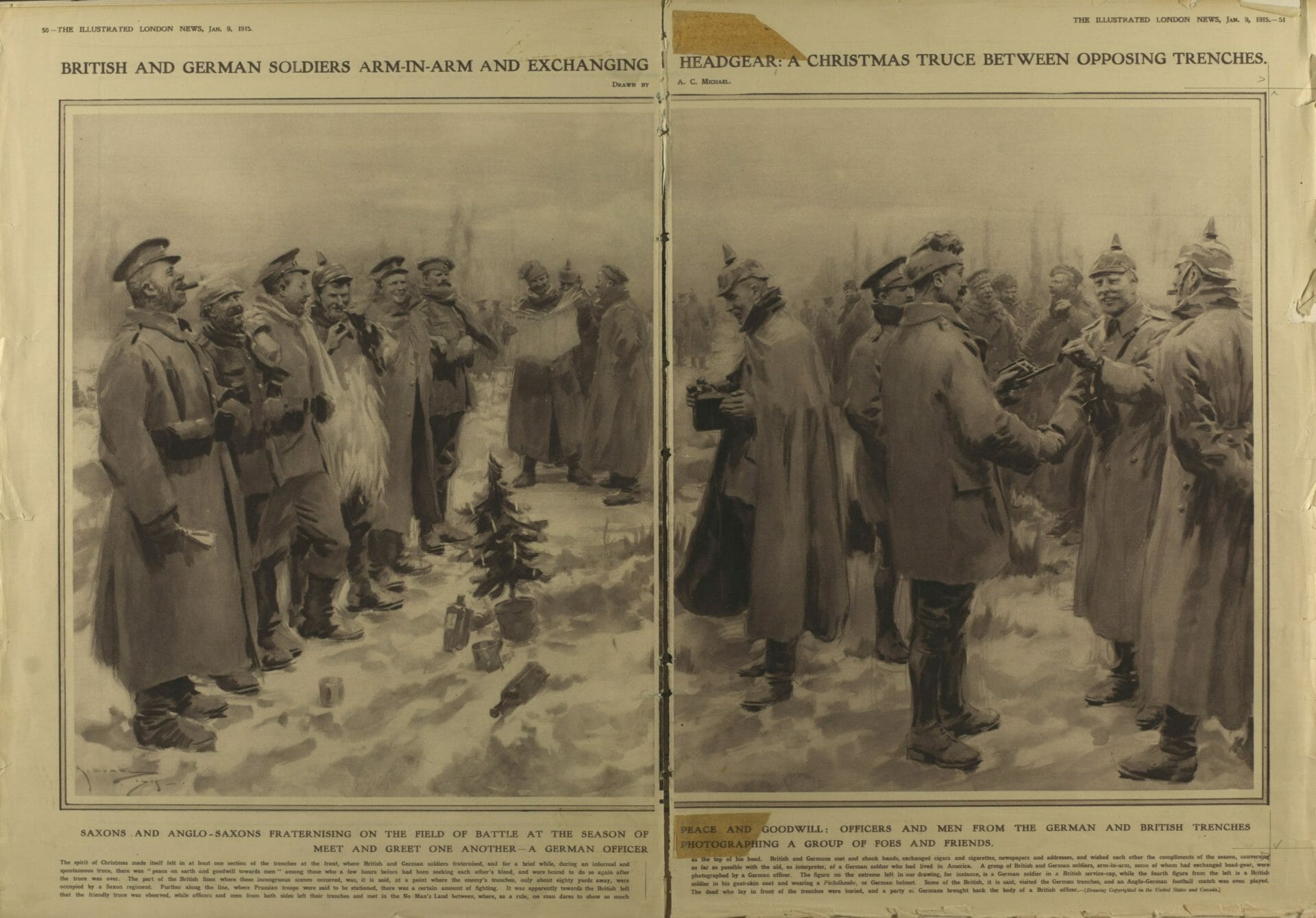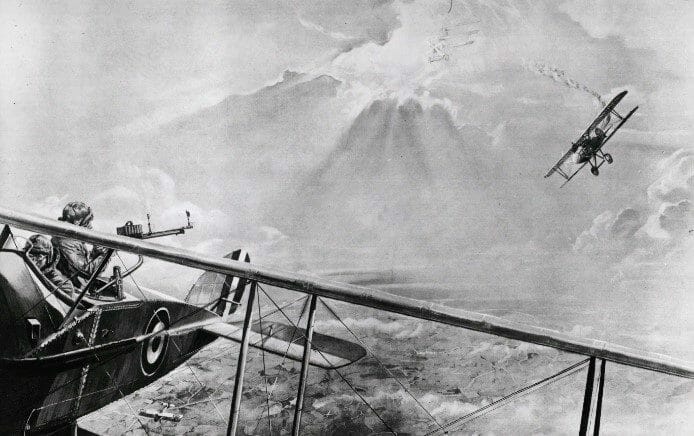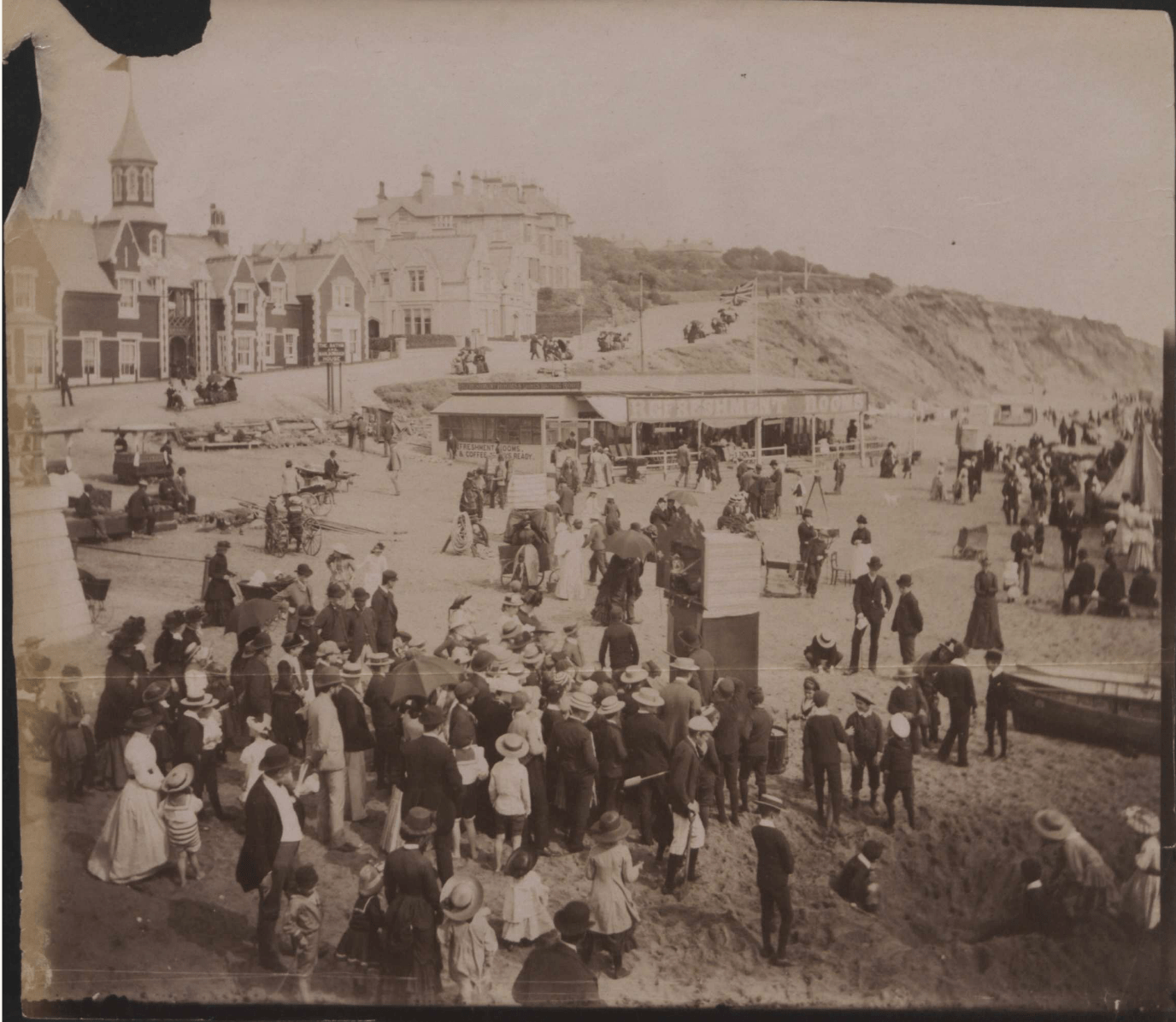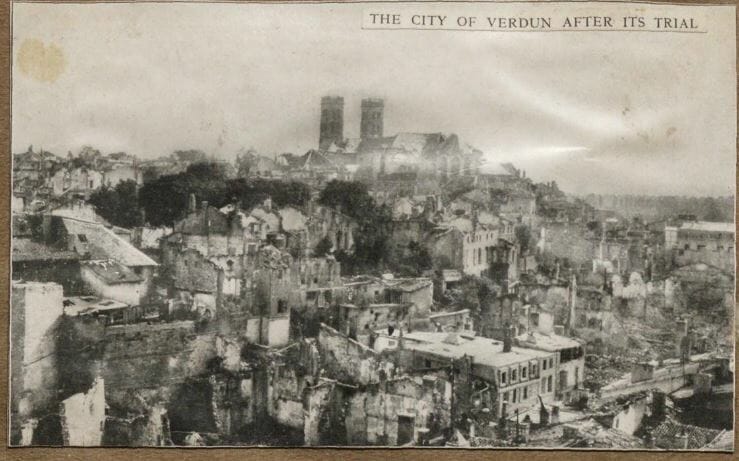By Calvin Liu, Gale Ambassador at the University of Oxford
Remembrance is repetition.
As Laurence Binyon’s poem, often the highlight of memorial services, puts it: ‘They shall grow not old, as we that are left grow old:/ […]/ We will remember them.’ Ways of memorialising the world wars, too, seem never to grow old and are reinforced through recurrence. Remembrance is ritualised by each poppy-wearing politician, each BBC documentary, each Ian McEwan novel. The narratives have been retold so many times that they grow hazy and the details blend together – battle trenches upon Maginot Lines. It almost comes as a shock to be reminded that twenty-one years elapsed between the two world wars that we now jointly remember on one day. Twenty-one years during which the world regularly reminded itself of the last great war, before rushing into another. Gale Primary Sources provides a plethora of primary sources that poignantly illustrate how the world wars were both remembered and anticipated during the interwar period.

